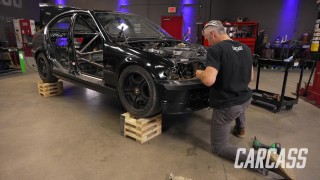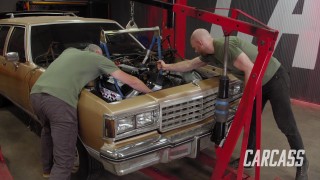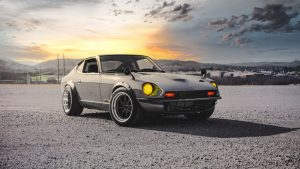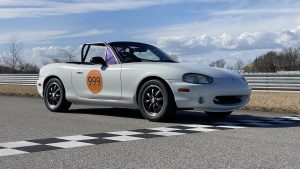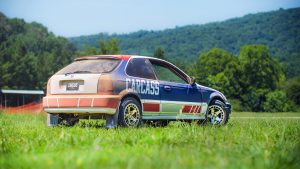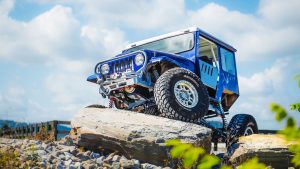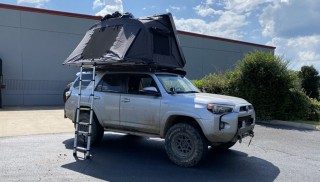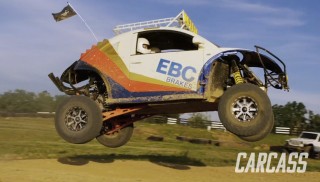Carcass Featured Projects
Carcass Builds
Want more content like this?
Join the PowerNation Email NewsletterParts Used In This Episode
Adrenaline Cycles
Can Am Maverick X3 XRC SmartLok Front Axle
Continental Tire
Genearal Tire Grabber X3 Tires
EBC Brakes
SXR Brake Pads & Precision Rotors
Matco Tools
MATCO Tools are the Official Tool Supplier to PowerNation
Mobile Environmental Solutions
Mobile Paint Booth
The Industrial Depot
Tools, Hardware, Shop Supplies







